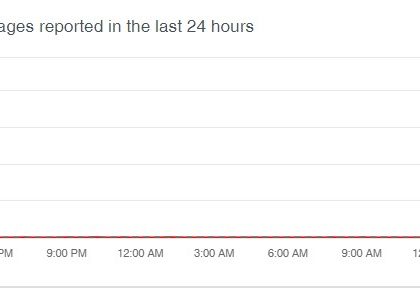New Rules for Searching Electronic Devices by US CBP [source: bleepingcomputer]
by CIRT Team
The US Customs and Border Protection (CBP) agency published last week a new guideline containing updated procedures for searching travelers’ electronic devices at US borders.
CBP, an agency part of the US Department of Homeland Security (DHS), last updated the guidelines in August 2009.
New procedures reign in border searches
According to a 12-page set of rules and a 22-page privacy assessment, border agents can still search electronic devices at the US border.
The most impactful changes are that the CBP clearly defines what’s a Basic Search and what’s an Advanced Search for the first time.
According to the new rules, CBP agents are allowed to choose, with or without suspicion, travelers for Basic Searches.
A Basic Search restricts agents to examining data found only on the device and which is accessible through the device’s operating system or via locally installed applications.
Advanced Searches still occur, but agents must prove reason
An Advanced Search is when the CBP agent connects the user’s device to an external system specialized in deeper searches. This external system may “review, copy, and/or analyze” the user’s data, but will not destroy or harm it.
The new rules say that CBP agents must prove there’s a reasonable suspicion of criminal activity or a “national security concern” to carry out an Advanced Search.
A supervisor must be present, or at least notified at a later date, that an Advanced Search has been carried out.
The new search procedure states that individuals may be permitted to remain present during the search, but they should not be permitted to view the actual search itself because this may reveal law enforcement techniques. Individuals who pose a physical danger to CBP agents or a threat to national security may be removed.
For more, click here.
Recommended Posts

Training on cybersecurity awareness for Department of Women Affairs
25 Nov 2023 - Articles, English articles, News, News Clipping, Service











